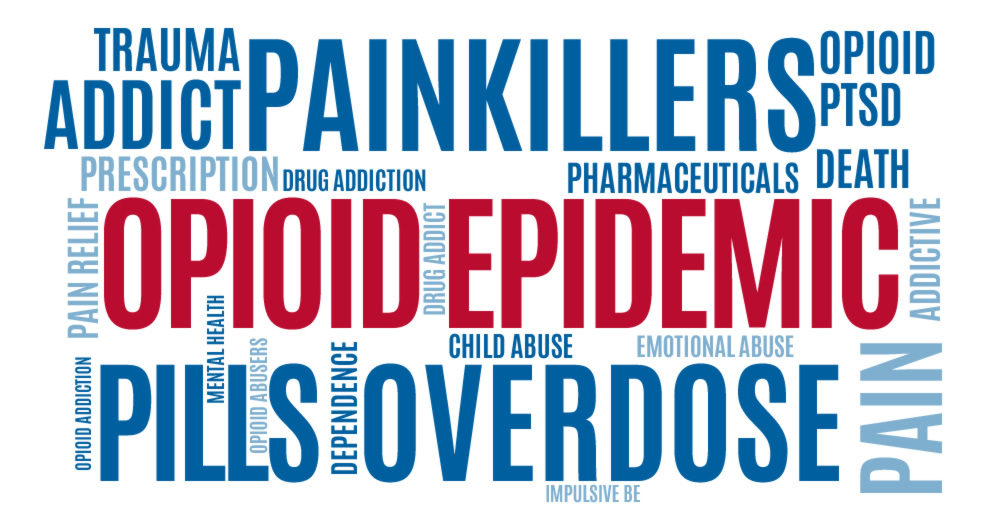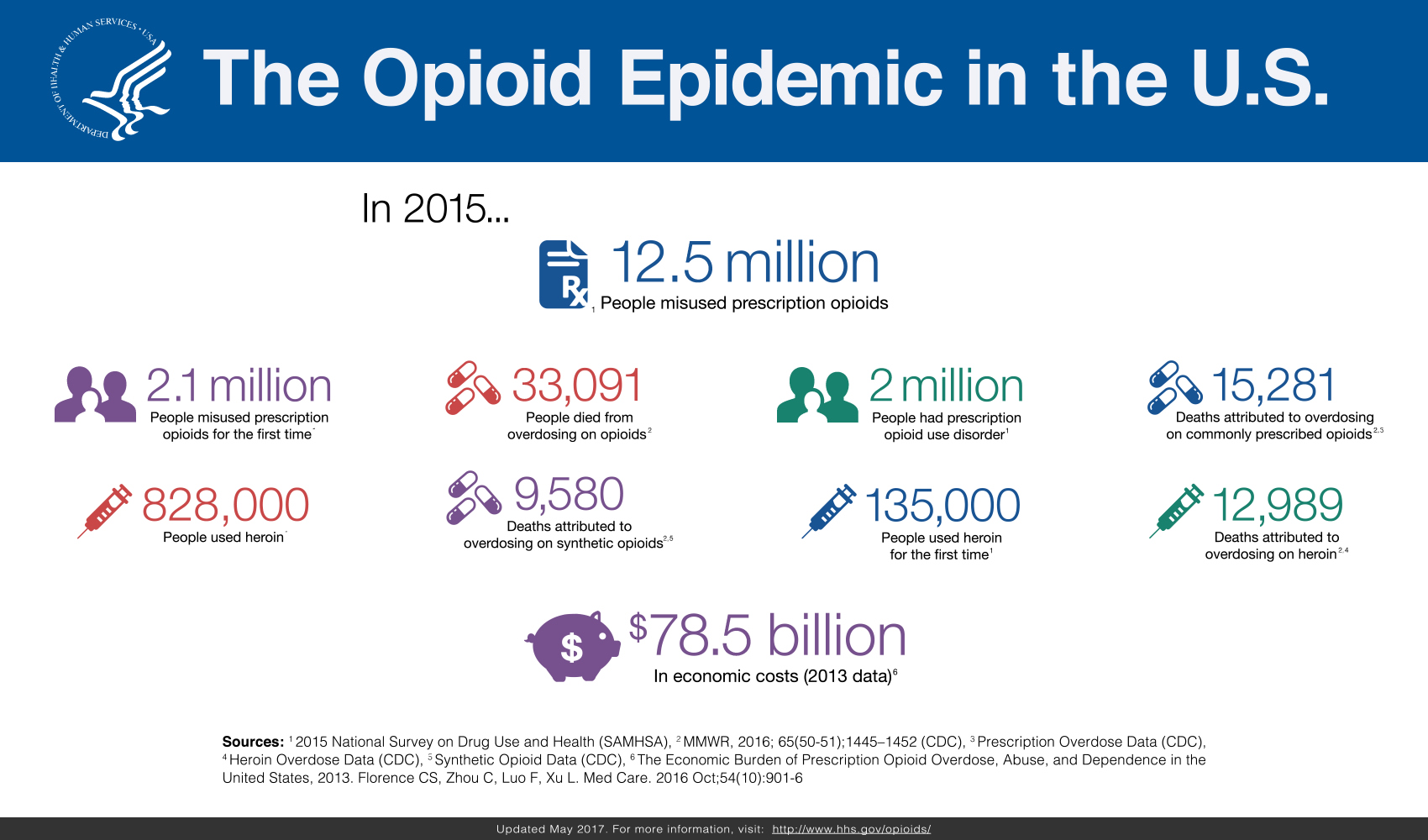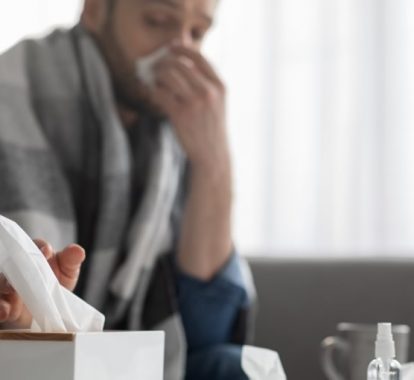Relieving Pain Without Opioids like Hydrocodone, Oxycodone
January 12, 2018

The opioid epidemic in the U.S. is costing the nation billions of dollars in economic costs and millions in lives. Texas MedClinic is vowing to adopt new practices to address this issue and curb the risk of possible addiction.
 Since late October when President Trump declared opioid addiction a public health emergency, San Antonio, Austin and cities across the nation have been formulating plans and creating extensive outreach to tackle the opioid addiction crisis in their communities.
Since late October when President Trump declared opioid addiction a public health emergency, San Antonio, Austin and cities across the nation have been formulating plans and creating extensive outreach to tackle the opioid addiction crisis in their communities.
According to the Center for Disease Control, 140 Americans die every day from an opioid overdose. In Bexar County, opioid overdoses peaked in 2011, when 145 people died. The toll fell until 2015 when it surged 50 percent to 108 fatal overdoses. The county’s fatality rate of 5.7 overdoses per 100,000 residents is the third-highest in the state.
“As physicians, we have a responsibility to take a long hard look at how we help our patients manage pain,” said Texas MedClinic Chief Operating Officer and practicing physician Dr. David Gude, who attended the town hall meeting hosted by the San Antonio Express-News and the University of Texas at San Antonio (UTSA) on the same day that President Trump made the declaration.
“The town hall meeting brought together San Antonio’s leading physicians and public health experts who shared similar visions of how to battle the opioid crisis, but it really comes down to how, when, where and why physicians prescribe pain medication,” says Gude.
Gude points to a recent study released in November in the Journal of American Medical Association (JAMA) that showed through a randomized trial that a combination of Tylenol and Advil worked just as well as opioids for relief of pain in the emergency room.
The study was conducted at 2 urban EDs in the Bronx, New York, that included 411 patients aged 21 to 64 years with moderate to severe acute extremity pain enrolled from July 2015 to August 2016.

 Here’s what the investigators learned:
Here’s what the investigators learned:
For patients presenting to the ED with acute extremity pain, there were no statistically significant or clinically important differences in pain reduction at 2 hours among single-dose treatment with ibuprofen and acetaminophen or with 3 different opioid and acetaminophen combination analgesics.
Read the full study in the Journal of the American Medical Association.
“The randomized trial gives physicians evidence that pain can be relieved without prescribing opioids,” says Gude. “Simply having patients combine over-the-counter pain medications like acetaminophen and Ibuprofen will help them be more comfortable to allow the body to heal.”
If physicians across the nation were to adopt the study’s findings, the impact could have profound effects on decreasing the number of opioid prescriptions, in turn curbing the risk of possible addiction.
“As a physician at an urgent care center that diagnoses and treats patients for varied types of pain, the study confirms and provides a best practice for our team of physicians and nurse practitioners,” says Gude.




